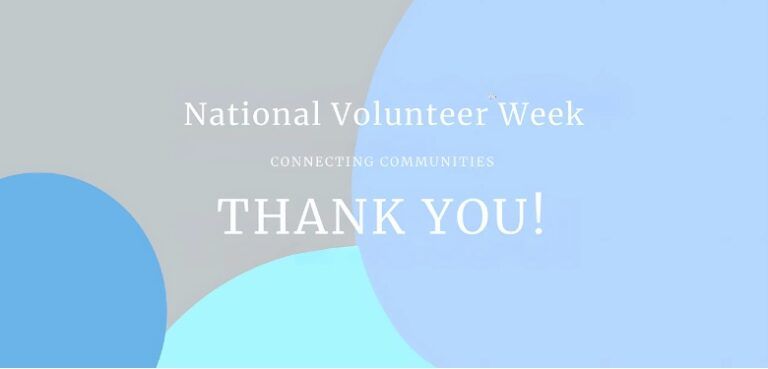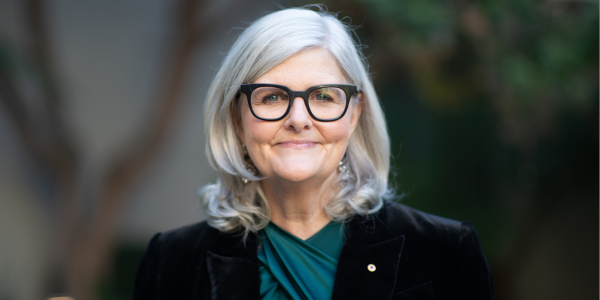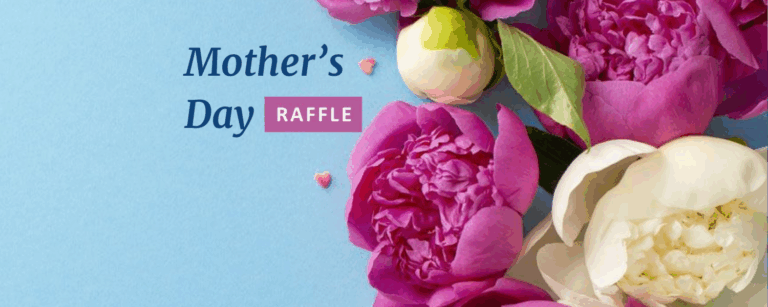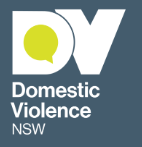Every day in Australia up to 10 women will be hospitalised from an attack by an abusive partner or family member. And on average at least one woman will be killed each week. Every fortnight a child will die in a domestic or family violence incident.
The crime of domestic violence does not recognise postcodes. It can happen anywhere and to anyone, but while 9 in 10 people agree it is a problem, less than half think it is a problem in their suburb. Unfortunately, this blinkered attitude can make empowering women and children to escape and report domestic and family violence situations so much harder.
Part of the issue is that men who commit acts of domestic and family violence almost always do it in secret and behind closed doors, so to their colleagues, friends and even family they might seem normal.
A recent example was the tragic case of sports assistant Lilie James, who was killed by her ex-partner, Paul Thijssen. The Principal of St. Andrew’s Cathedral School said the murder was incongruent to everything they had believed about Thijssen, who was a former pupil and sports coach at the school. Thiijssen’s former Principal of Dr John Collier, went further and described the killer as ‘an absolute delight.’
Perpetrators of domestic and family violence hide in plain sight, which is why sometimes even their victims don’t understand that what is happening to them is abuse.
Our specialist social workers at Mary’s House Services often support women to reframe their understanding of domestic and family violence and empower them to choose a safe pathway to escape. Our clients have included women in their 60s and 70s, who have suffered decades of abuse before turning to us for help. After being counselled on the dynamics of intimate partner violence, many of these women have chosen to escape the cycle of abuse and are now recovering from the traumatic relationship.
One of the aims of the 16 Days of Activism, launched by the United Nations on November 25 to call for the prevention and elimination of violence against women and girls, is to highlight the warning signs of an abusive relationship.
Sayitoutloud.org.au says that often the red flags are swept under the carpet, ignored or wrongly explained. An abuser might claim their behaviour is a sign of love or concern and a victim-survivor might then change their own behaviour to avoid conflict.
Typical red flags include the abuser making constant messaging and calls, being jealous and possessive, isolating and controlling who the partner sees, criticising and making them feel insecure, blowing things out of proportion, blaming others and using physical force or intimidating behaviour during an argument.
Women and girls in certain groups, such as those living with disability, older and First Nations women, and adolescent girls, often face greater difficulty in having their voices heard.
According to recent research by Dr Carmel Hobbs at the University of Tasmania, although one in three teens aged 18-19 report experiencing abuse, they are often overlooked when it comes to accessing support. They are also more likely to struggle to realise certain behaviours are abusive. Red flags highlighted by Dr Hobbs included love bombing, such as showering a partner with gifts and grand gestures and using technology to monitor where a partner is or turning up unannounced. The behaviour can escalate with jealousy and isolation, controlling behaviour such as telling them how to dress and insults passed off as jokes.
Another issue with working to prevent abuse of women and girls is that perpetrators shame women into thinking they are the problem, which means victim-survivors often don’t seek help. A report by Equity Economics, commissioned by the NSW Council of Social Services found that 60% of domestic violence victims don’t go to the police.
This is particularly true when abuse involves non-violent forms of coercive control, including manipulation, isolation, gaslighting and financial abuse. Often in these situations victims worry that they won’t be believed.
Which is why initiatives like the 16 Days of Activism are so important. The domestic and family violence sector wants all Australians to know that violence against women and children is a problem for every community and that we can all play a part in challenging discriminatory attitudes that perpetuate, rationalise and normalise violence. It is preventable. And domestic and family violence can happen anywhere to anyone.
Photo credit Marco Bianchetti, Unsplash





